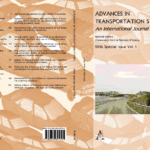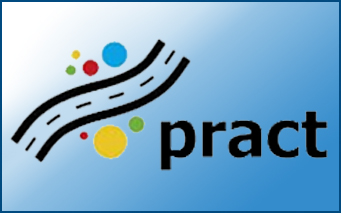
A paper titled “Which are the effects of driver distraction and brain pathologies on reaction time and accident risk?” authored by Dimosthenis Pavlou, Panagiotis Papantoniou, Eleonora Papadimitriou, Sophia Vardaki, George Yannis, Costas Antoniou, John Golias and Sokratis G. Papageorgiou is now published in Advances in Transportation Studies an international Journal. A driving simulator experiment with 140 participants (out of which 109 were patients) was carried out by an interdisciplinary research team of neurologists, neuropsychologists and transportation engineers. The brain pathologies examined include early Alzheimer’s disease, Parkinson’s disease, and Mild Cognitive Impairment. A statistical analysis was carried out by means of mixed generalized linear modelling and the results indicated significant differences between the driving performance of healthy drivers and patients. Patients with cerebral diseases reacted significantly slower at unexpected incidents than the healthy ones and were more likely to be involved in an accident. The mobile phone use had a significant negative effect on both reaction time and accident probability. ![]()














































































































































































